
What Are the Latest Wheelchair Accessible Vehicle Innovations
15 min read Explore the newest innovations in wheelchair accessible vehicles revolutionizing mobility, comfort, and independence for users. (0 Reviews)
The Latest Wheelchair Accessible Vehicle Innovations: What’s Rolling Forward?
In today's world, mobility is more than just getting from point A to point B—it’s about freedom, dignity, and seamless participation in everyday life. For millions of wheelchair users, accessible vehicles represent independence. Thankfully, rapid advances in automotive technology are ushering in a new era of convenience, safety, and customization for wheelchair-accessible vehicles (WAVs). Let’s drive into the most exciting innovations making headlines—and lives—better every day.
Game-Changing Ramp and Lift Technologies
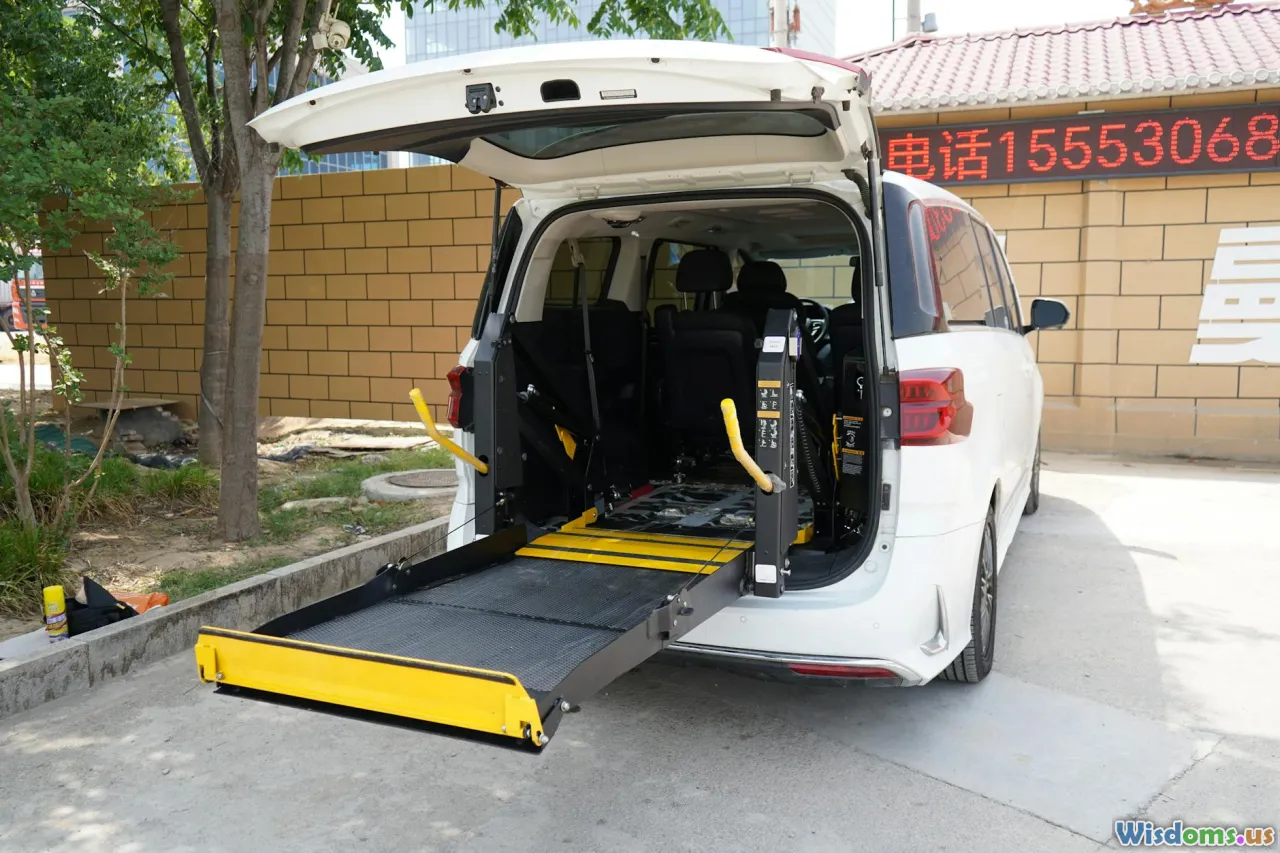
Smoother Access: Low-Floor and Automatic Ramps
Traditional wheelchair ramps have evolved far beyond plastic or manually operated extensions. Today’s WAVs feature low-floor designs enabling easier entry, sometimes lowering the vehicle itself through pneumatic or hydraulic suspension systems to minimize the ramp angle. For example, the Ford Transit Custom WAV employs air suspension to drop the vehicle for ramp alignment, offering almost flat entry for wheelchair users.
Automatic folding ramps, pioneered by companies like BraunAbility and VMI, are another leap forward. With the push of a button—or even smartphone integration—ramps extend or stow seamlessly. Some modern systems even sense obstacles and stop automatically, minimizing risk of damage.
High-Tech Lifts for Ultimate Convenience
While ramps are suitable for lighter manual chairs and scooters, power lifts cater to heavy-duty motorized wheelchairs. Innovations like the "Side-Entry Lift" grant access in tight parking spaces and urban environments. Advanced lifts like the Bruno Joey use intuitive, single-button controls and soft-touch loading platforms that cradle the wheelchair in custom-fitted trays for worry-free rides.
Under-Vehicle Lifts: Quiet and Discreet
Some users prefer their WAVs to look as much like "regular" vehicles as possible. Under-vehicle lifts (UVL) provide stealth access—tucked below the floor when not in use. This not only preserves interior aesthetics and space, but also provides peace of mind for drivers valuing discretion and vehicle resale.
Powertrain Innovations: All-Electric and Hybrid WAVs
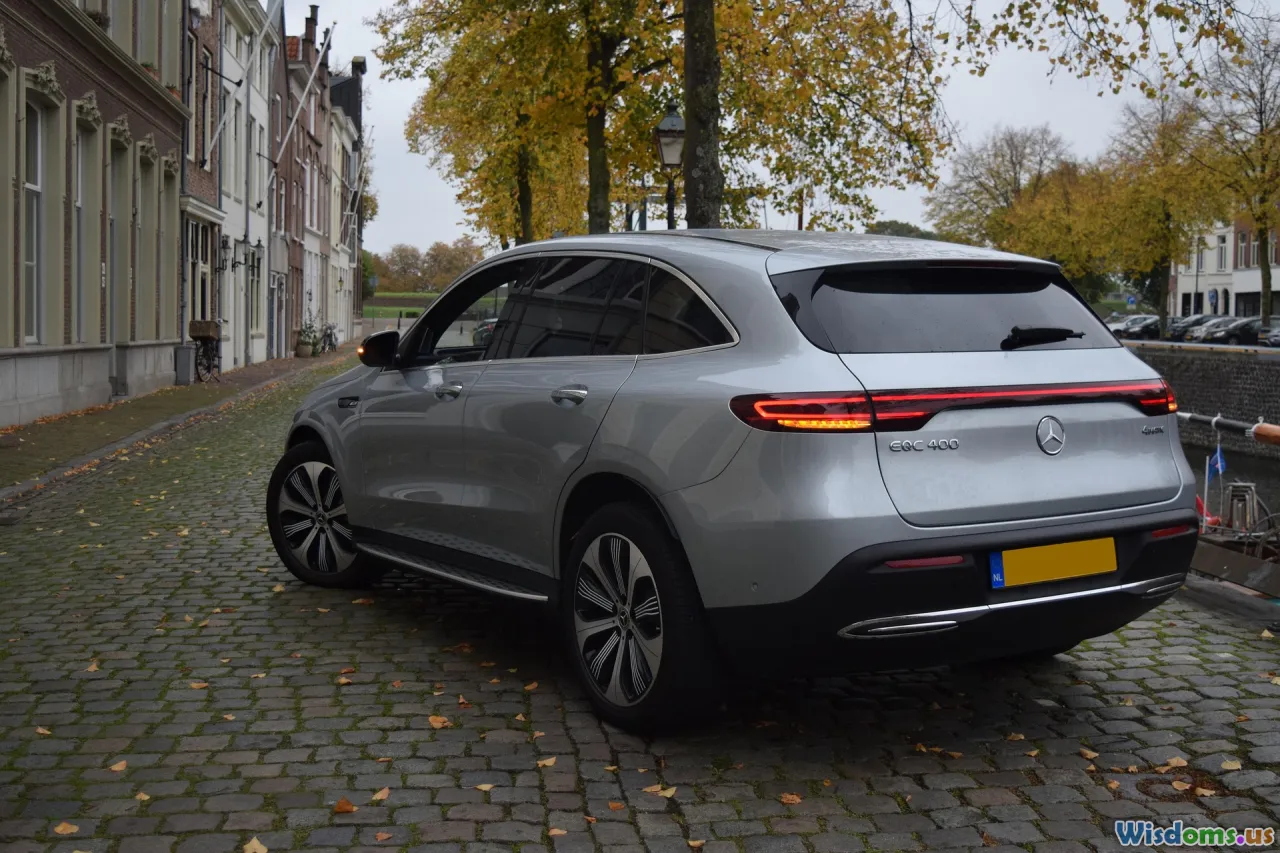
Going Green: The Rise of Electric Wheelchair Accessible Vehicles
Environmental consciousness isn’t limited to mainstream vehicles. In recent years, leading WAV manufacturers—including Allied Mobility and WAV Cars—have launched fully electric accessible minivans. The Peugeot e-Traveller and Nissan e-NV200, for instance, offer ranges of up to 143 miles, emission-free travel, and near-silent operation—improving comfort, especially for those sensitive to vibration and noise.
Regenerative Braking and Energy-Efficient Controls
Regenerative braking in electric WAVs (like the all-electric Toyota Proace Verso WAV) captures kinetic energy while stopping, increasing efficiency. Plus, smart climate controls independently managed by wheelchair passengers mean optimum comfort with reduced vehicle drain—a vital consideration for EV range.
Hybrids for Maximum Flexibility
Hybrid vehicles like the Chrysler Pacifica Hybrid WAV blend gas and electric power, ideal for those covering long daily distances. These offer plug-in electric commuting for short city trips and gas backup for peace of mind on longer drives. The transition between driving modes is imperceptible, and the design maintains the robust ramp features WAV users count on.
Smarter Safety and Security Features

Advanced Crash Protection and Adaptive Restraints
Wheelchair passengers once faced trade-offs in crash protection. Not anymore. Modern WAVs go beyond basic tie-down straps, offering integrated, crash-tested wheelchair docking systems like the Q'Straint QLK-150, which lock wheelchairs securely in place in seconds while passing rigorous FMVSS crash standards.
Dual-stage airbags, reinforced frames, and automatic restraint tensioning add further security. Ford’s WAV conversions, for example, redesign the floor pan and reinforcement points to maintain crash safety integrity after modification—a crucial consideration for families and organizations.
Real-Time Monitoring and Alerts
Monitoring systems now notify users and drivers of incorrectly secured wheelchairs, open ramp or lift systems, and more. Smartphone-linked alerts enable remote checking, and GPS-based telematics can integrate with fleet management if used in transit or rideshare applications.
Enhanced Lighting and Cameras
LED lighting, courtesy door lights, and backup/surround cameras simplify nighttime entry and parking for WAVs. Some newer vehicles even offer digitally enhanced rearview mirrors, crucial for vans with modified rear windows.
UX and Customization: Comfort Meets Personalization
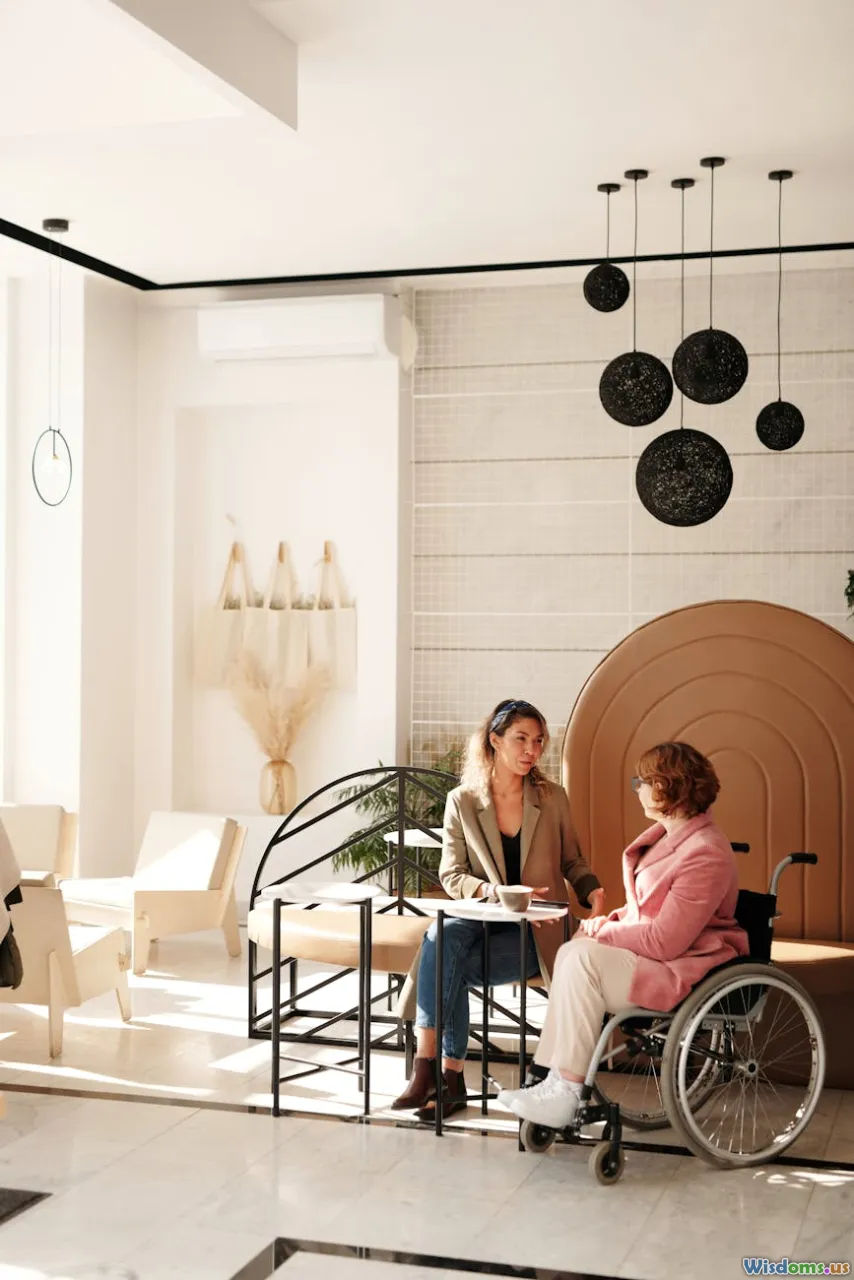
Modular Interiors: Tailored to the User
Accessibility needs are as diverse as wheelchair users themselves. Today’s WAV interiors use modular, quick-release seating—think airline-style tracks and quick-adapt mounts—allowing users to configure spaces for solo, family, or group travel. Models like the Volkswagen Caddy Maxi Life WAV can fit a driver, wheelchair passenger, multiple standard seats, and luggage, with easy reorganization.
Marine-Grade and Antimicrobial Materials
Durability is king when it comes to wheelchair wheels and transport. WAVs now use marine-grade flooring (as seen in the wheelchair taxi Nissan NV200) resistant to wear, mud, and water, as well as antimicrobial seat covers and surfaces—helpful in healthcare and shared-rider environments.
Climate and Ambient Control at Your Fingertips
Full digital control over AC, heat, and even ambient LED lighting is accessible from multiple user locations—even menus with voice commands. Fiat’s Talento WAV, for example, allows wheelchair users to command interior features via Bluetooth or touchscreen override so all passengers ride in comfort.
The Era of Self-Driving and Remote Operation

Autonomous Vehicles: A Glimpse at Hands-Free Freedom
Self-driving tech is the holy grail for accessible mobility. Companies like Waymo and Navya have tested autonomous shuttles with integrated low-floor designs and wheelchair restraint systems. In Tokyo, WHILL has rolled out pilot fleets of curb-to-curb shuttles combining robotic arms for securing wheelchairs with full telematics.
The final step? Mainstream manufacturers are eyeing retrofitting of autonomous features to modified WAVs for personal use. While we’re not fully there yet, closed-loop environments—like airport shuttle routes—already see limited deployments.
Smartphone and Remote Controls
It’s not all about the distant future. Already, major WAV tables integrate key remote functions—think opening ramps, operating lifts, even remotely driving or parking the vehicle for closer access. MPS Hand Controls now offer Bluetooth-integrated driving aids compatible with leading WAV conversions, ensuring both safety and independence for drivers with upper limb limitations.
Integration with the Digital Ecosystem
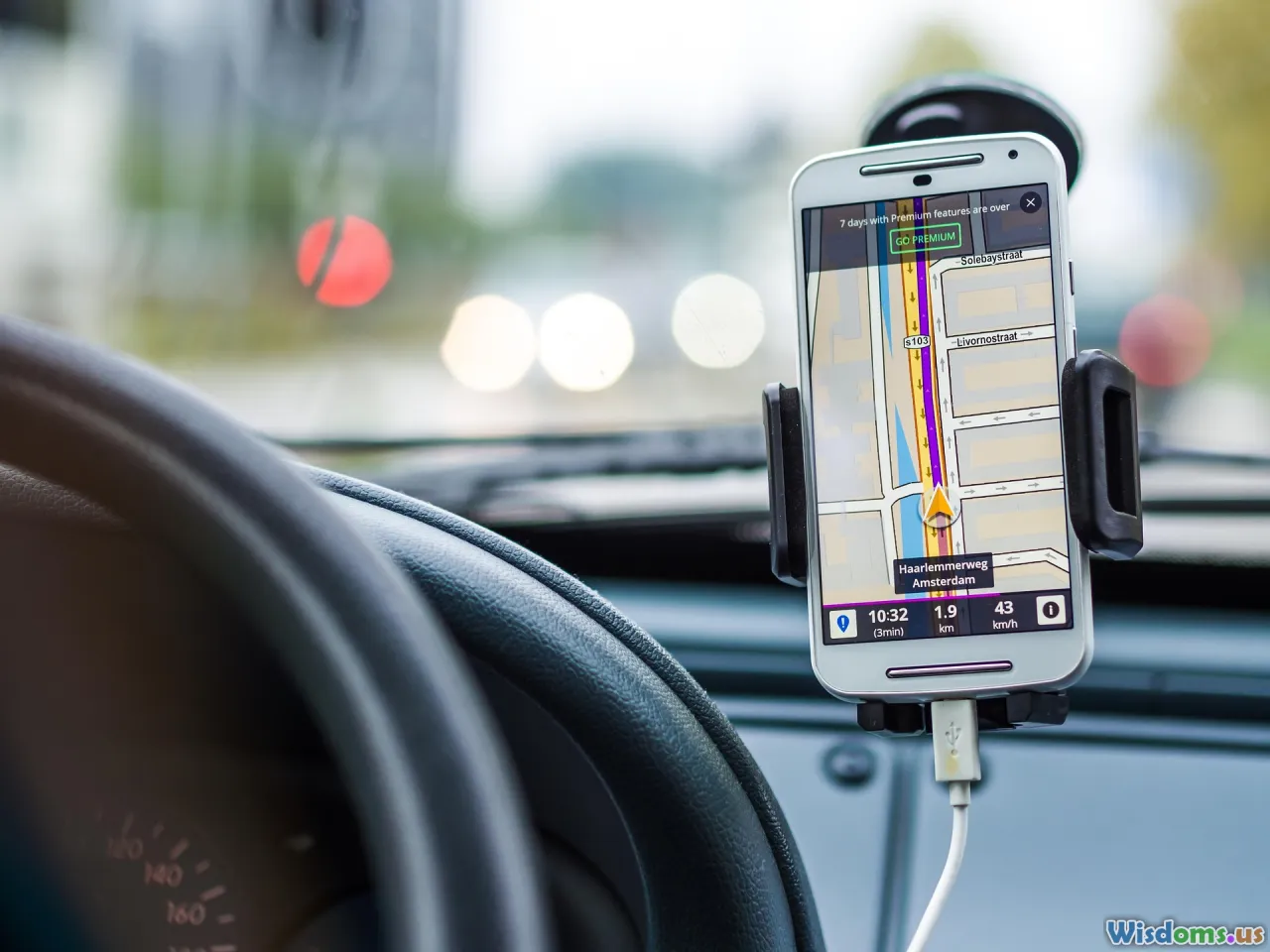
Accessible Mobility Apps and Fleet Platforms
Smartphone apps from BraunAbility, Vantage Mobility, or your vehicle’s OEM let wheelchair users plan trips, check vehicle health, and precondition cabin temperature—all before stepping outside. Fleet operators in transit or paratransit leverage platforms like Ridecell, enabling remote status checks, route adjustment for wheelchair pickup, and video call assistance in case of loading issues.
Cloud Diagnostics and Preventive Maintenance
Connected WAVs continuously monitor for maintenance needs, alerting both driver and mobility provider to issues with ramps, lifts, and critical vehicle systems. Cloud diagnostics not only prevent inconvenient breakdowns but streamline warranty and repair processes—minimizing downtime for essential mobility.
Accessibility Over-the-Air Updates
Just as Tesla pushes new features to EVs, WAV-focused software platforms can add compatibility for the latest assistive devices or voice control improvements via over-the-air (OTA) updates. This steers the WAV away from being a static, one-time modification and toward an evolving user experience tailored for years to come.
Funding, Policy, and the Push for Universal Design
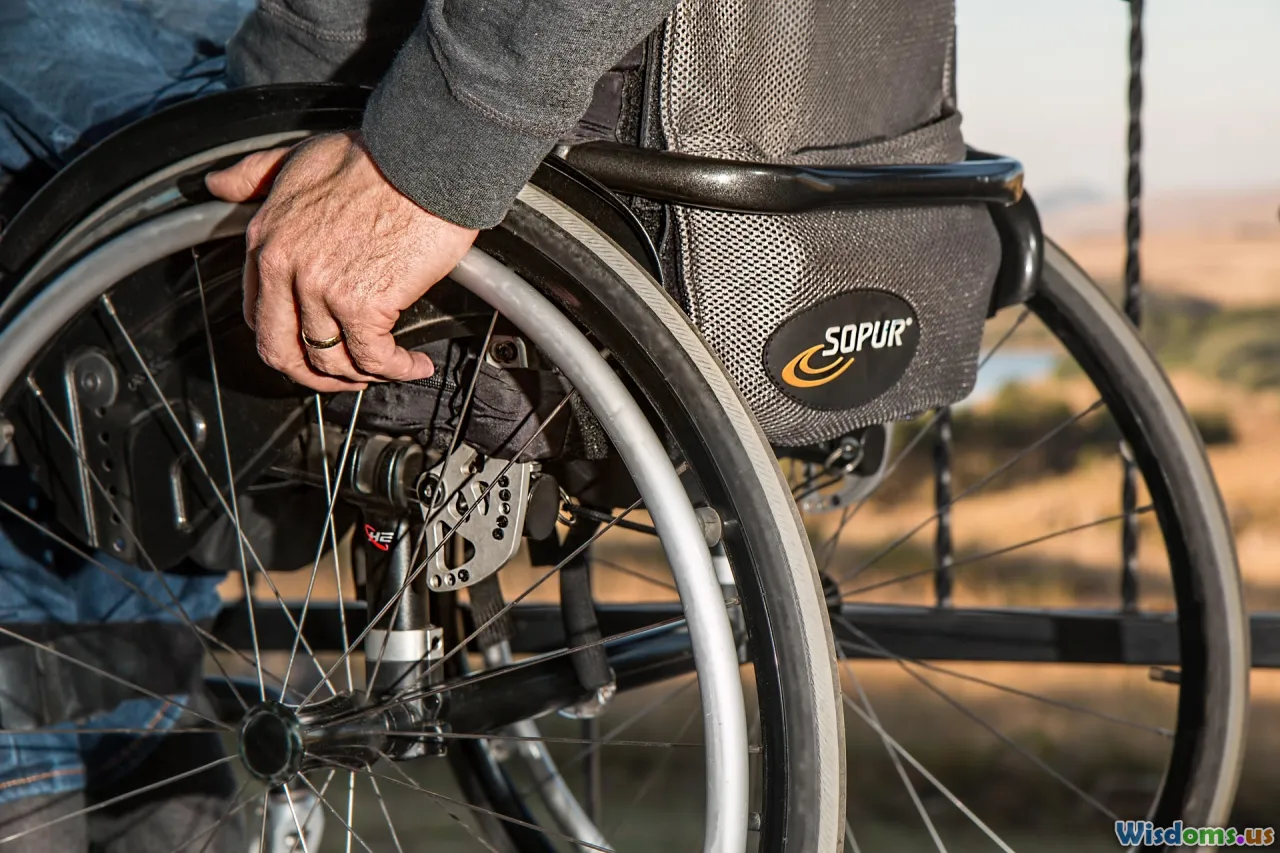
Expanded Funding Options and Incentives
Technology isn’t the only area accelerating forward. Public and private sector moves—like expanded Medicaid Waivers for WAV purchase, increased tax credits, and rebates from programs such as the US’s Assistive Technology Act—make obtaining the newest WAVs possible for more families and organizations. In the UK, Motability continues to subsidize long-term WAV leases.
Toward Universal Design Principles
A powerful trend: universal and inclusive design, meaning vehicles that effortlessly accommodate both wheelchair passengers and ambulatory users without compromise or "add-on" feelings. The Toyota Sienna Hybrid brought its Access360 full-floor conversion to the mainstream, with wheelchair access that keeps all standard seats usable for typical passengers. GM, Volkswagen, and Ford have embraced similar conversion-ready van shells, signaling a paradigm shift from "special needs vans" to universal vehicles adaptable for the broadest possible user base.
Policy’s Role in Innovation
Stricter but clearer regulatory guidelines—such as the Americans with Disabilities Act (ADA) and European Accessibility Act (EAA)—pave the way for more innovation and consumer confidence. Programs incentivizing fleet accessibility (Uber WAV, paratransit subsidies, or regional cash grants) spur both supply and demand.
Practical Advice: Choosing the Best New WAV for You
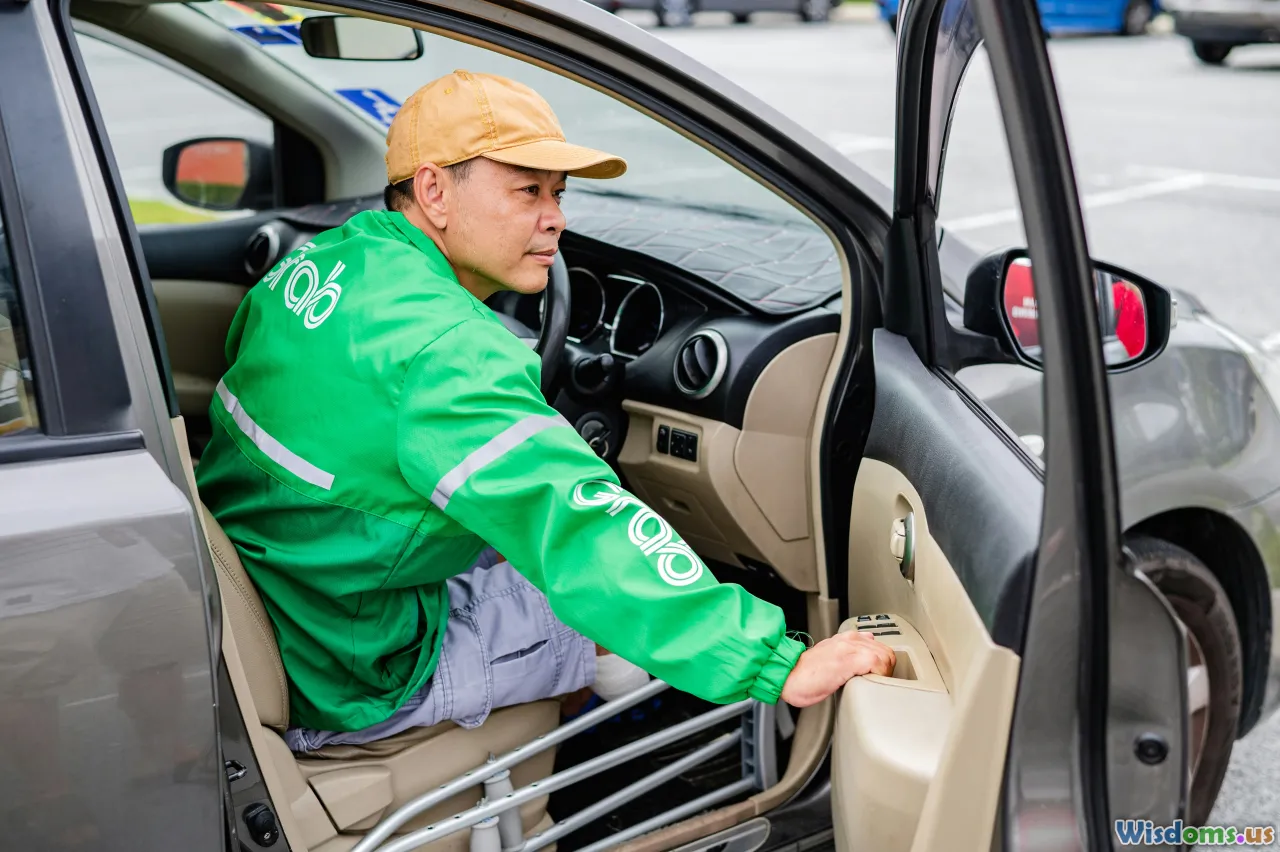
Key Questions Before You Shop
- What vehicle size fits your needs? Compact WAVs may suit city dwellers, while large vans offer maximum space. Measure your wheelchair’s footprint and consider future needs.
- Side-entry vs. rear-entry? Side-entry can make parallel parking and curb access easier; rear-entry vehicles offer more flexibility in standard parking lots.
- What level of automation do you want? Decide if push-button or fully smartphone/app-controlled features justify any added cost for you or your loved ones.
- Manual vs. power ramp/lift? Heavier chairs or solo travel often call for power assistance, while lighter setups may spare weight and cost with manual options.
Compare Conversion Companies, Warranty, and Aftercare
Look beyond the vehicle—as conversion quality varies hugely between companies. Research warranty, aftercare, and location of authorized service centers beforehand. Check for crash test certifications, such as ISO 10542 for tie-down systems. For peace of mind, choose authorized mobility dealers invested in ongoing support.
Test-Drive and Seek Peer Insights
Insist on an in-person demonstration, preferably with your own chair, to check door clearance, ramp gradient, interior space, and control usability.
Speak with real WAV users, or consult mobility forums—feedback from those living with vehicle modifications daily is invaluable. Even the best-looking conversion on paper may reveal small usability annoyances only after time and hands-on experience.
Mobility innovation is moving fast, driven by technology, design wisdom, and user advocacy converging as never before. The gap between standard vehicles and wheelchair accessibility is closing: what once felt makeshift is now seamless. Whether seeking the latest tech, all-electric rides, or the comfort of truly inclusive design, wheelchair users today have more choice and power on the road than ever. As the industry keeps innovating, the promise is simple: every journey should be as accessible—and empowering—as the destination.
Rate the Post
User Reviews
Other posts in Transportation for Disabled Individuals
Popular Posts














